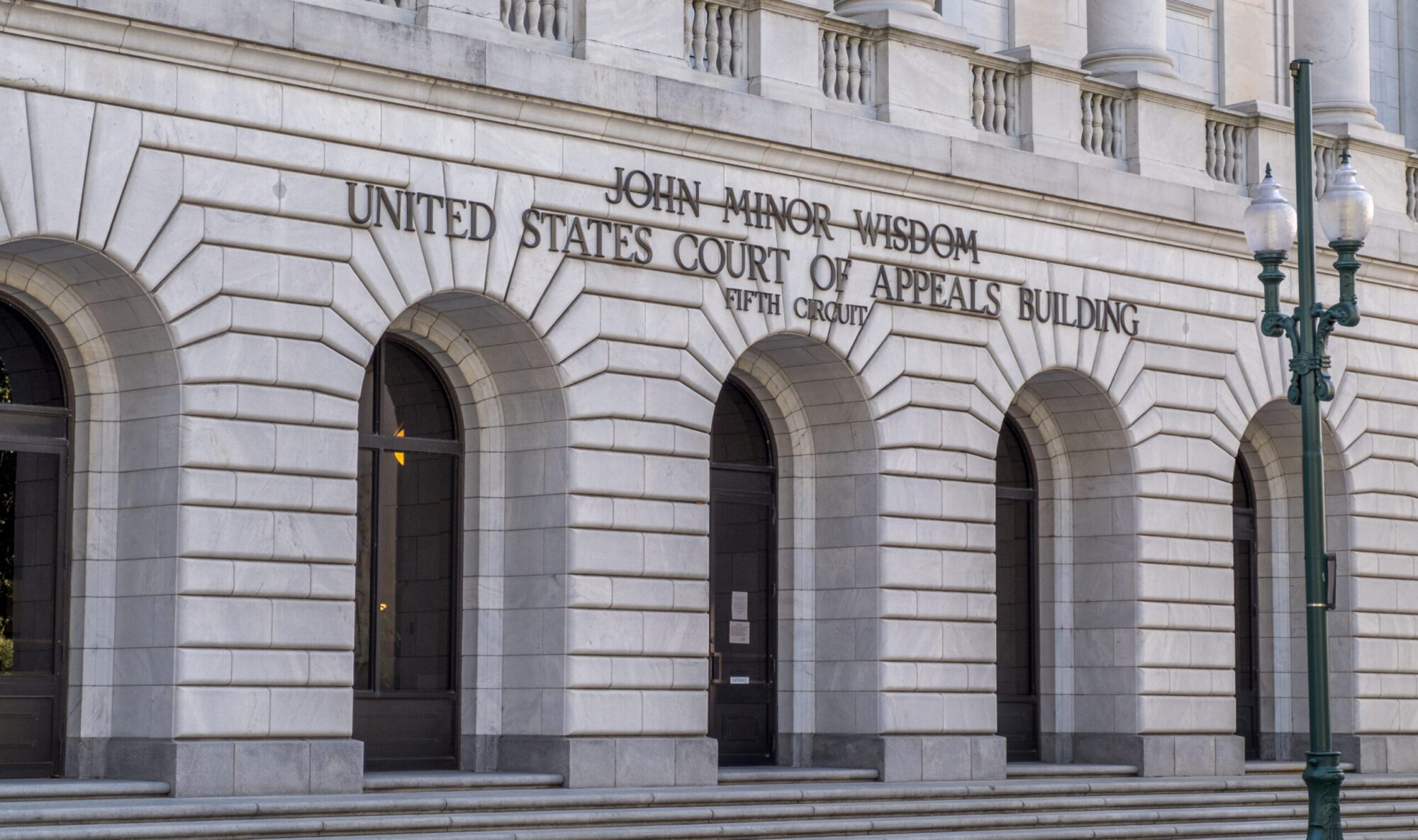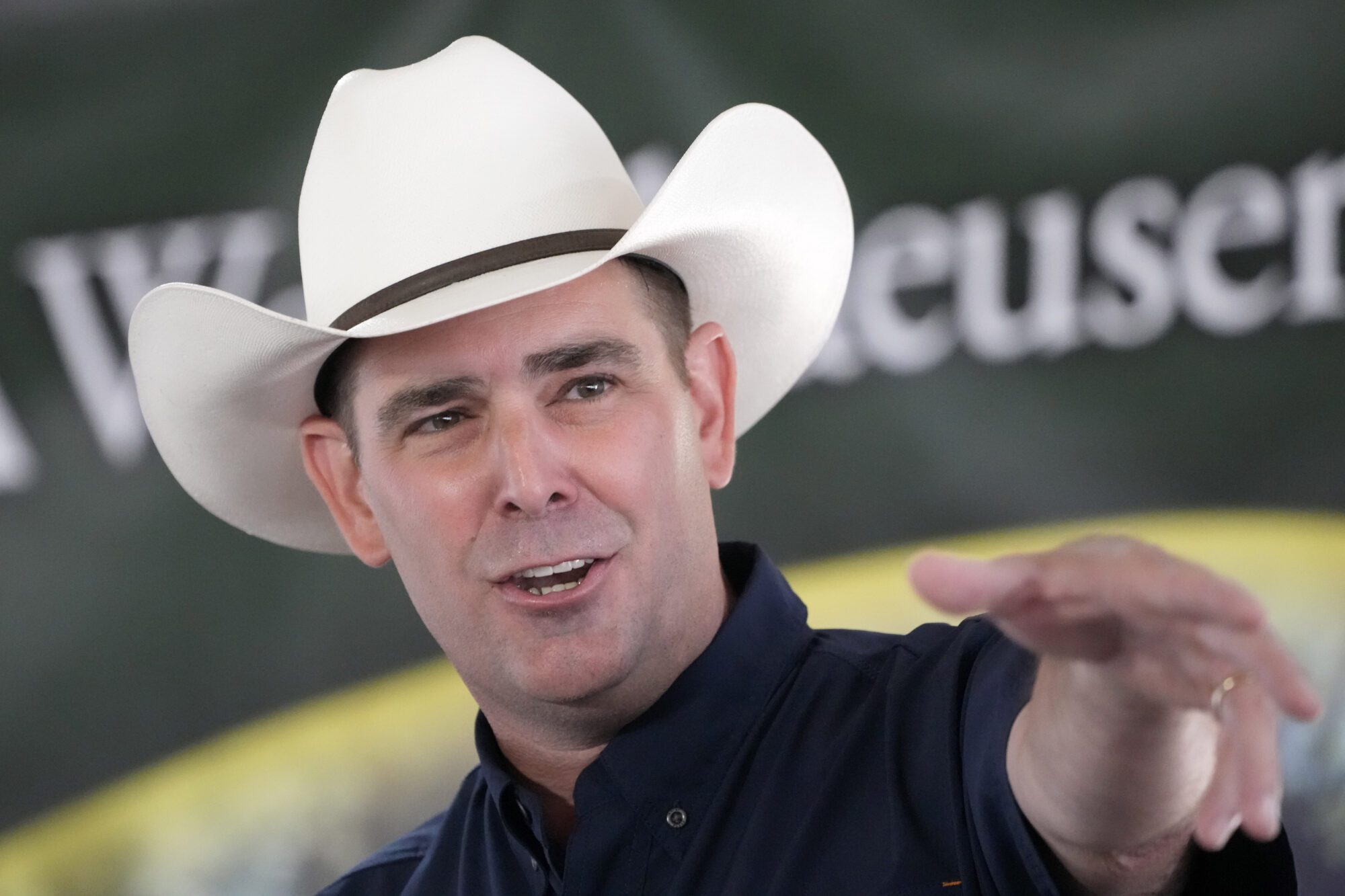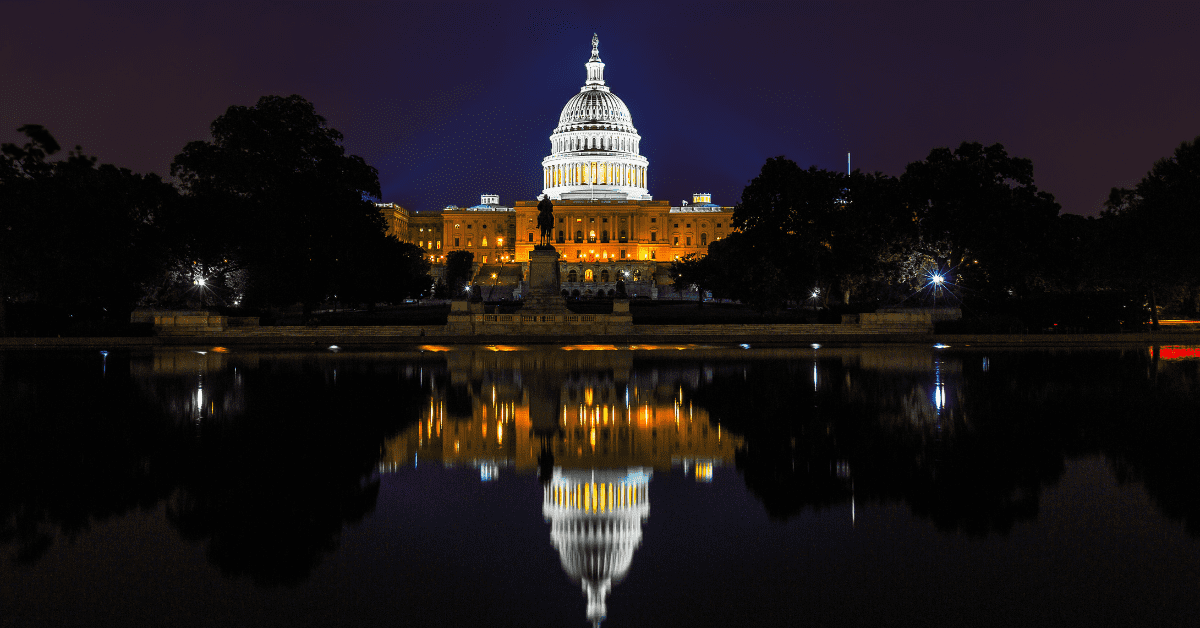
The Court found that the ATF had overreached its authority in banning bump stocks in the wake of Las Vegas mass shooting.
The 5th Circuit Court of Appeals—the federal appeals court that considers cases arising out of Mississippi, Louisiana, and Texas—issued a ruling on Friday calling into question a Trump-era ban on bump stocks. The controversial gun accessory has been effectively outlawed since 2018.
The 5th Circuit’s decision represents a split from other circuit courts of appeal. It could serve as a prelude to the U.S. Supreme Court taking up the issue. The Court’s findings are a reminder of how important the courts have become in refereeing between regulators and citizens.
The Tragic Lead Up
Since the National Firearms Act of 1934, federal law has regulated machine guns. The possession or transfer of machine guns was eventually banned through the Gun Control Act of 1968 and the Firearms Owners’ Protection Act of 1986. Possession of a machine gun is a federal crime, carrying a potential prison sentence of up to ten years.
At issue in the 5th Circuit’s decision was whether a “bump stock” constitutes a machine gun. Bump stocks are, themselves, not guns. They cannot fire rounds. They are accessories, which when attached to a semi-automatic gun, make it easier to re-engage the trigger of the gun, increasing the speed of firing.

For more than a decade, the Bureau of Alcohol, Tobacco, Firearms, and Explosives (ATF) had repeatedly ruled that bump stocks were not machine guns for purposes of federal law. Then a Las Vegas mass shooting happened.
On October 1, 2017, a deranged gunman opened fire from the 32nd-floor of the Mandalay Bay hotel down on a crowd of concert goers at the Route 91 Harvest Music Festival. He fired more than 1,000 rounds, killing 60 people and wounding 413. More were injured in the ensuing panic. The gunman used multiple weapons to perpetrate the crime, and multiple accessories, including bump stocks.
The Government’s Response
Calls for Congress to ban bump stocks quickly reached fever pitch in the wake of the Las Vegas shooting tragedy. But before Congress could act, or perhaps because it would not act, the ATF stepped in and issued a new regulation defining a bump stock as a machine gun.
By changing the definition of machine gun to include a bump stock, the ATF set up a scenario where criminal laws against possession or transfer of machine guns now applied to the accessory. The decision prompted a series of lawsuits by gun rights’ advocates against the government.
Not a Gun Rights’ Case
Importantly, the cases that have been filed are not really rooted in gun rights. They are not, strictly speaking, Second Amendment cases. They are rooted in questions about the authority of an agency, without congressional approval, to simply change the definition of what a machine gun is for purposes of criminal statutes. At their heart, these are really cases about the separation of powers between the legislative and executive branch.
In blocking the ban on bump stocks, the 5th Circuit expressed no opinion on whether Congress should have then, or should now, ban the devices. Instead, it expressed an opinion on what the current statutes on machine guns actually say and what authority the ATF has to change the meaning of those statutes.
The decision is consistent with a trend toward applying more scrutiny to the administrative state and its authority to create rules and regulations. For decades, “originalists” have argued that it is the constitutional role of Congress, as the people’s elected representatives, to make laws and that agencies should not be so empowered. This thought process had new life breathed into it during the Trump administration.
Trump’s Remade Judiciary Could be Undoing of Regulation
There are over 800 active judges serving across the three tiers of our federal court system—the Supreme Court, 13 regional appeals courts, and 91 district courts that are governed by Article III of the U.S. Constitution. President Trump appointed 28 percent of those judges, including:
- Three Supreme Court Justices
- Fifty-Four Members of the Courts of Appeal
- One Hundred & Seventy-Four District Court Judges
His appeal court appointments put him just one shy of President Obama’s appointments in half the time in office. Prior to these appointments, the Atlanta-based 11th U.S. Circuit Court of Appeals, the Manhattan-based 2nd Circuit, and the Philadelphia-based 3rd Circuit all had Democratic-appointed majorities. Trump’s appointments shifted the balance in all three circuits.

His Supreme Court appointments were the most since Ronald Reagan, and the most in one term by a president since Richard Nixon.
Almost all of these appointments carried an originalist perspective across the finish line when confirmed by the U.S. Senate. Included in this grouping were judges like Kyle Duncan and Cory Wilson, who joined in the 5th Circuit’s decision blocking the Trump-era bump stock ban.











